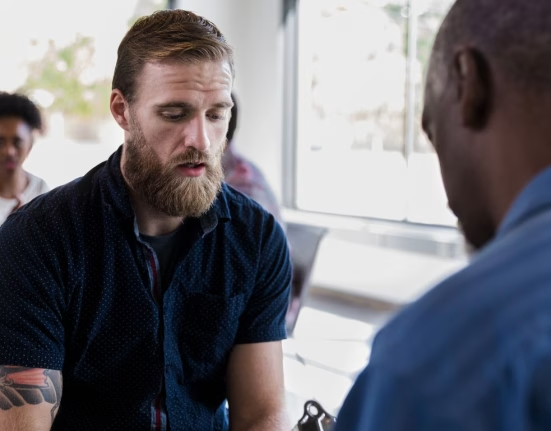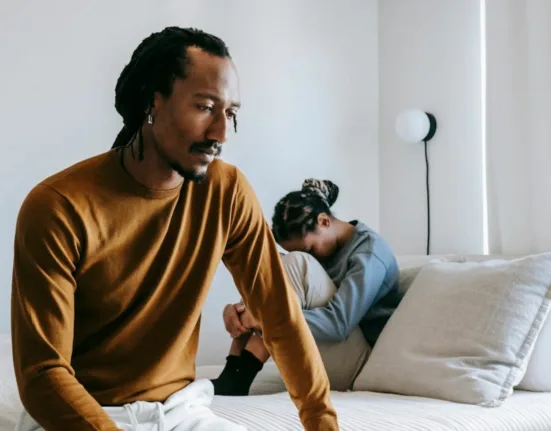Does body language tell the truth? How can you know? What are the signs you should look out for? These are the questions you may ask yourself. Understanding body language is like learning to read the signs that people show without speaking. It involves paying attention to how someone moves, their facial expressions, and how they hold themselves. Body language can be split into three types:
When speechless, let body do the talk.
Toba Beta
- Kinesics, which covers gestures, posture, and facial expressions;
- Proxemics, which is about how people use space and distance when communicating;
- and Haptics, which includes touch and physical contact.
A crucial part of reading body language is considering the situation. For instance, if someone crosses their arms, it might be because they feel cold, not necessarily because they’re defensive. Similarly, if someone looks down, it could be because they’re shy or introverted, not necessarily because they’re lying. So, understanding the context is important in figuring out what it means and does body language tells the truth. More: Charismatic definition and How to build charisma
Decoding body language
Whether you’re talking in front of a group or chatting at a meeting, understanding body language is a key skill. It plays a big role in how people get the real meaning behind a message, whether you’re presenting on stage, networking, working with a colleague, or trying to figure out if someone is being truthful.

From the very beginning of your life, even before you started talking, body language has been important. Professor Albert Mehrabian found that 55 percent of communication happens through body language. When people see you, they quickly form an impression, and body language either supports or changes that impression. Facial expressions, like smiling or looking upset, are reliable signs of someone’s feelings. The most basic facial expressions show happiness, sadness, anger, surprise, and disgust. These expressions often come with other body cues, like changes in posture or gestures.
Posture, how someone stands or sits, can also show emotions or intentions. Someone standing tall and confident might be feeling sure of themselves, while someone slouching might be feeling unsure. The use of space and distance in communication, called proxemics, can also tell us a lot. If someone stands close, they might want to be close or in charge. If they stand far away, they might want some space or not want to interact.
Touch in communication, known as haptics, is another powerful clue to someone’s thoughts and feelings. Lightly touching someone’s arm could be about connection, while gripping their arm tightly could show dominance. So, paying attention to body language helps us understand what’s going on in a conversation.
Does body language tell the truth?
The first thing to do when trying to understand someone’s body language is to pay attention to where they are and what they’re doing. Different places and events can make people show different signs without speaking. For instance, someone might act differently in a job interview than at a party. More: 7 tips for communicating effectively in the workplace
To figure out how someone usually acts, you need to watch them in different situations. By doing this, you can spot patterns in their behavior and the signals they give without using words. After watching the person in different situations, look for habits in how they act. This could include things like always making eye contact or rarely doing so, the expressions on their face, and their gestures. When you spot these habits, you’ve found their usual way of behaving.


Feelings have a big role in how people express themselves without words. Even after finding their usual way of behaving, it’s important to think about the emotions they might be feeling. For example, a person who usually shows many emotions might act more reserved when they’re sad or worried. Getting good at understanding body language takes practice. The more you watch and learn about these signals, the better you’ll become at figuring out how someone usually acts.
To sum up, getting the hang of recognizing a person’s usual body language is an important skill. It helps you understand what they’re trying to say without speaking. By paying attention to the situation, watching them in different settings, finding their usual way of acting, considering their feelings, and practicing, you can get better at understanding and interpreting nonverbal cues. More: Difference between chasing and pursuing women













